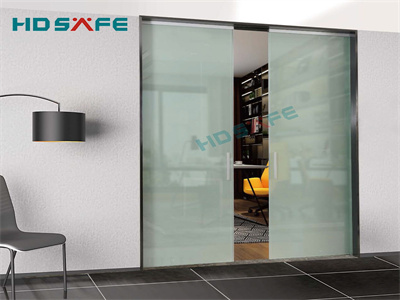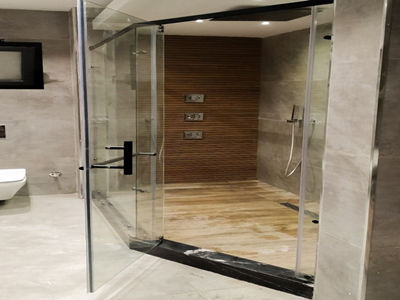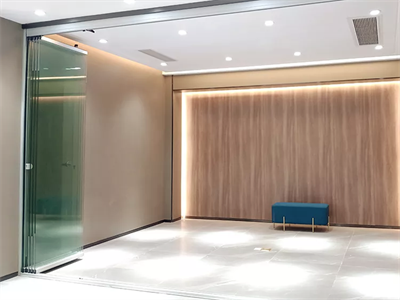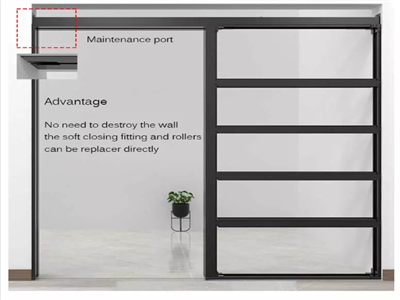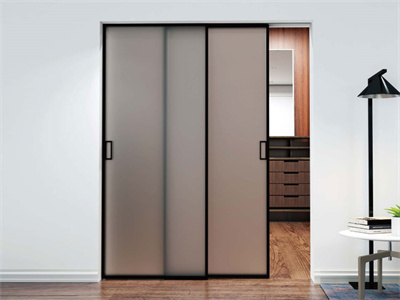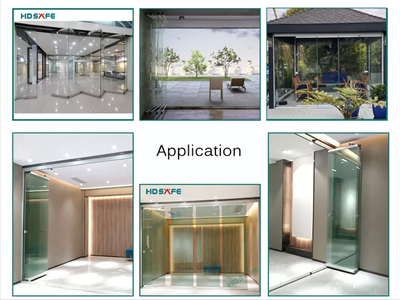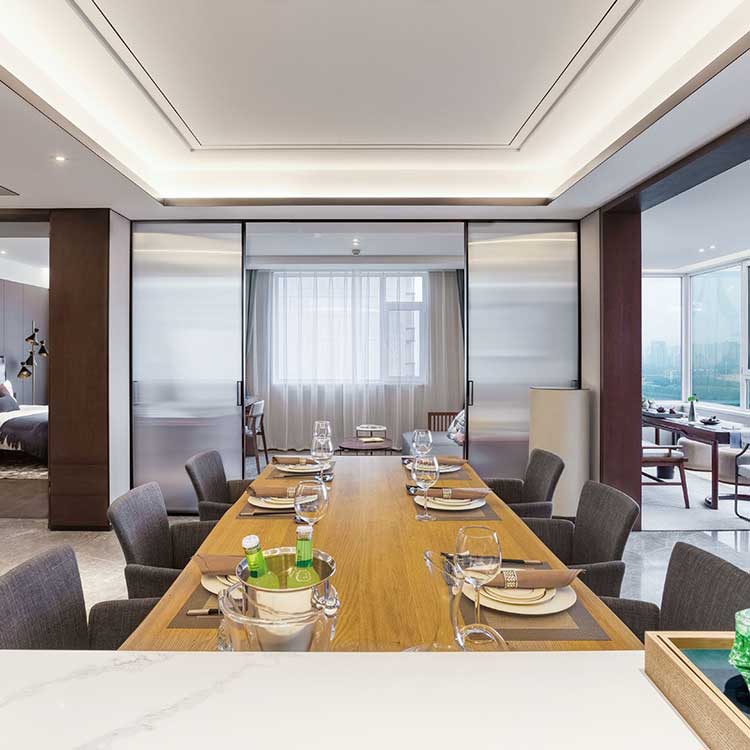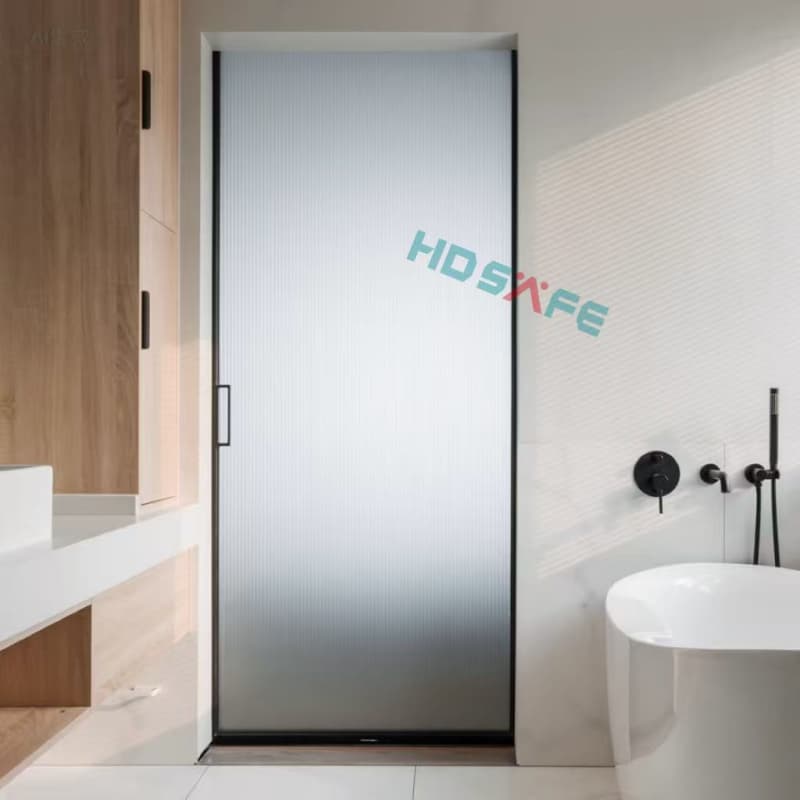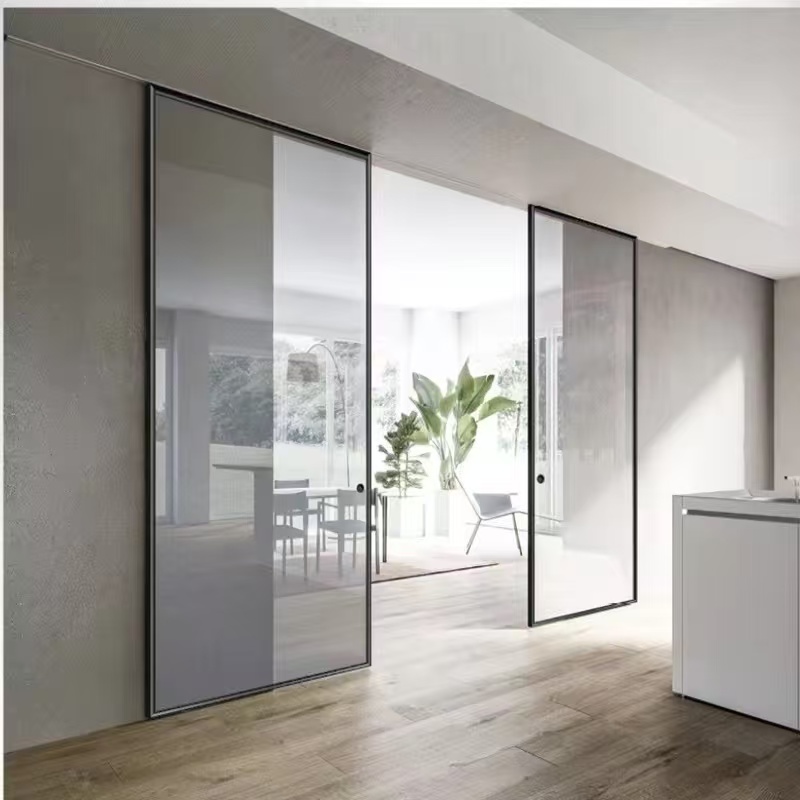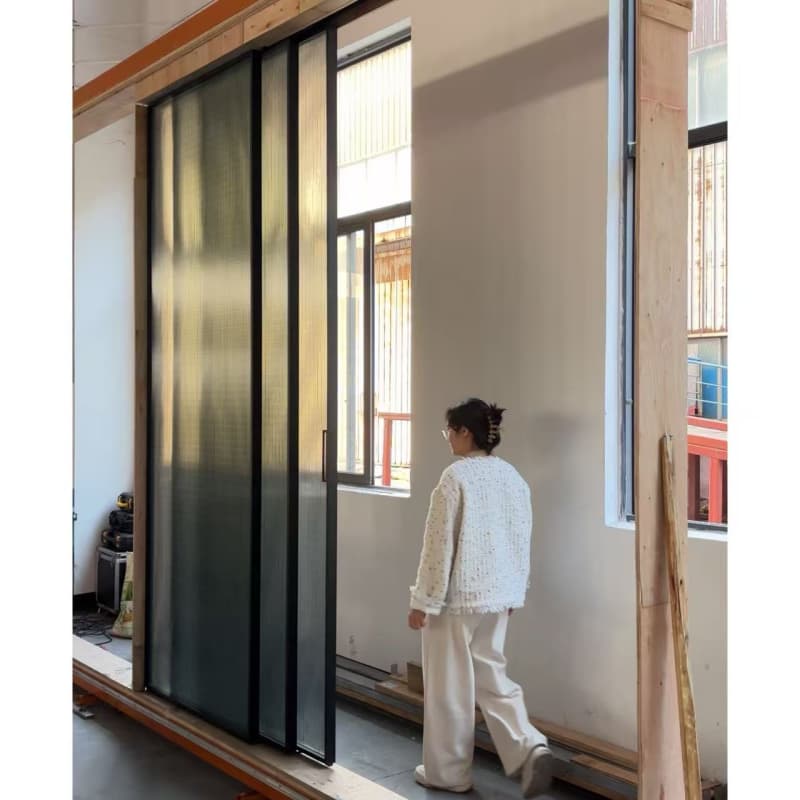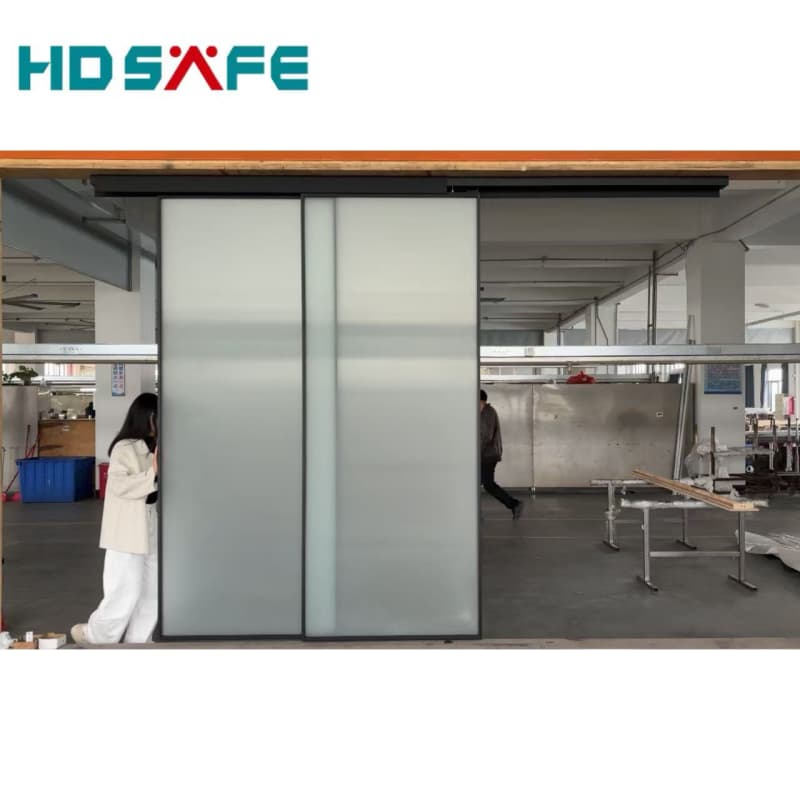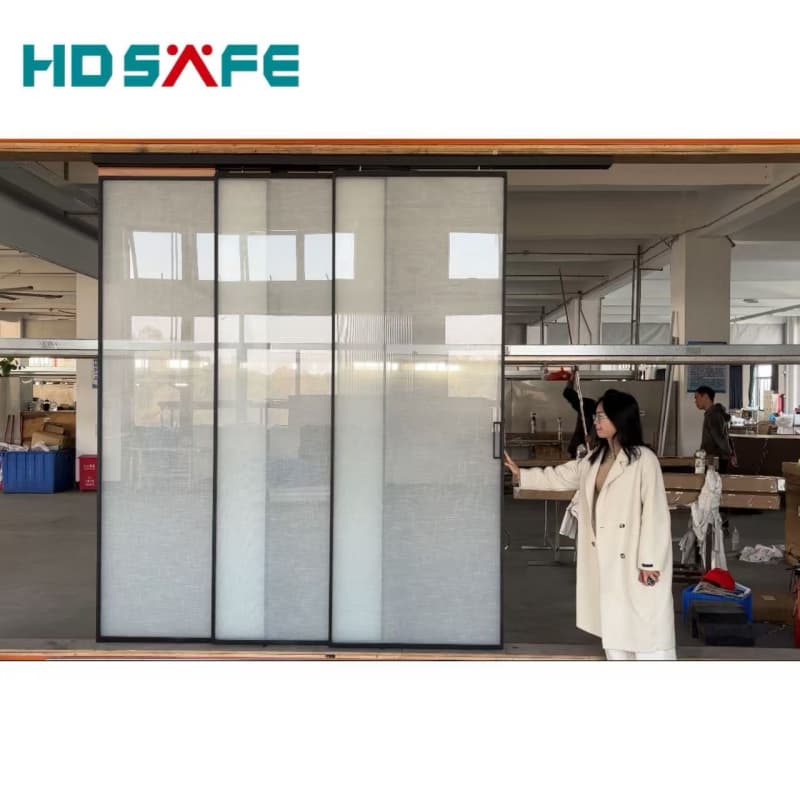Introduction:
In the world of modern architecture, innovative designs and technologies continue to play a crucial role in shaping the way buildings are constructed and designed. LED railing, a relatively new concept, has been gaining popularity for its aesthetic appeal and functional benefits. In this article, we will explore the advantages of incorporating LED railing into architectural projects.

Enhanced Safety:
One of the primary benefits of LED railing is its ability to enhance safety in various settings. Whether it is a commercial building, a residential property, or a public space, LED railing provides visibility in low-light conditions, reducing the risk of accidents and improving overall security. With LED lighting integrated into the railing system, pedestrians can easily navigate staircases, walkways, and outdoor spaces even at night.
Aesthetic Appeal:
LED railing serves as a stunning architectural feature that adds a touch of modernity and elegance to any building. The sleek design of LED railing, coupled with the dynamic lighting effects it can produce, creates a visually striking element that enhances the overall aesthetics of the space. Architects and designers can customize the color, intensity, and patterns of the LED lighting to suit the specific design requirements of the project, making LED railing a versatile design element.

Energy Efficiency:
In an era where sustainability is a key consideration in architectural design, LED railing stands out as an energy-efficient lighting solution. LED lights consume significantly less energy than traditional lighting sources, making them an environmentally friendly choice for architectural projects. By using LED railing, building owners can reduce energy costs while minimizing their carbon footprint, contributing to a greener and more sustainable future.
Durability and Low Maintenance:
LED railing systems are known for their durability and low maintenance requirements, making them a cost-effective lighting solution for architectural projects. Unlike traditional lighting fixtures that may require frequent bulb replacements and maintenance, LED lights have a long lifespan and are resistant to shocks, vibrations, and harsh weather conditions. This durability ensures that LED railing systems retain their functionality and aesthetic appeal for years to come, reducing the overall maintenance costs for building owners.
Versatility and Customization:
Another advantage of LED railing is its versatility and customization options. LED lights can be integrated into various railing designs, including glass, metal, or wood, allowing architects and designers to achieve their desired aesthetic vision. With the ability to adjust the color, brightness, and lighting effects of the LEDs, designers have the flexibility to create unique and dynamic lighting designs that enhance the architectural features of the space.
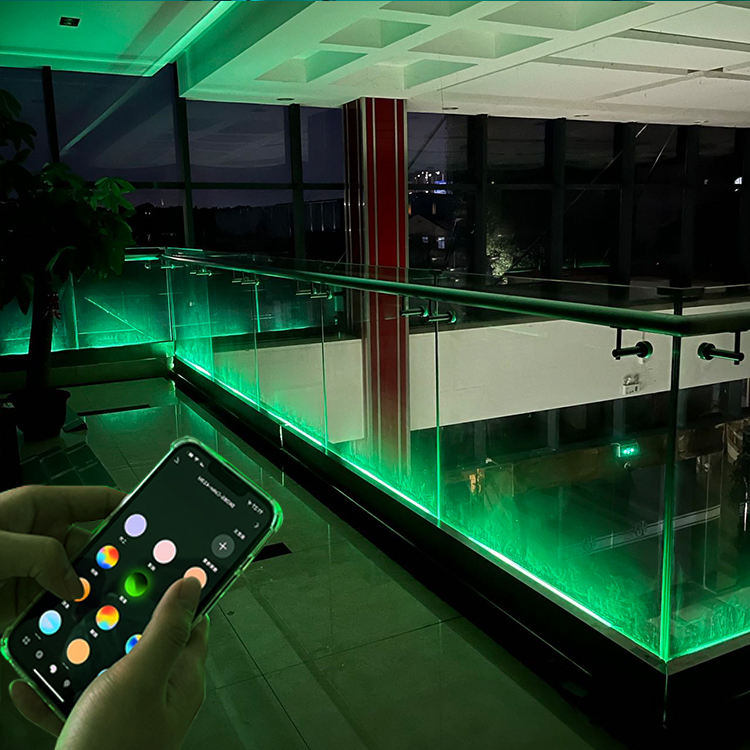
Conclusion:
LED railing represents a modern and innovative lighting solution that offers a range of benefits for architectural projects. From enhancing safety and aesthetics to improving energy efficiency and durability, LED railing is a versatile design element that can elevate the overall design of any building. As the demand for sustainable and visually captivating architectural designs grows, LED railing is poised to become an integral part of the future of modern architecture.





 Home
Home Apr 24,2024
Apr 24,2024 
 Sliding Doors Have Become Increasingly Popular In Modern Interior Design
Sliding Doors Have Become Increasingly Popular In Modern Interior Design 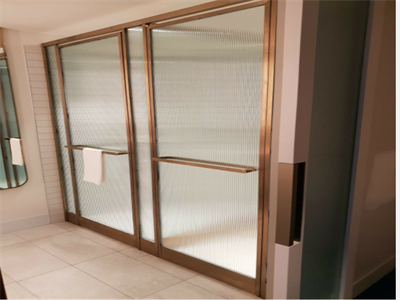
 Apr 09,2024
Apr 09,2024 
